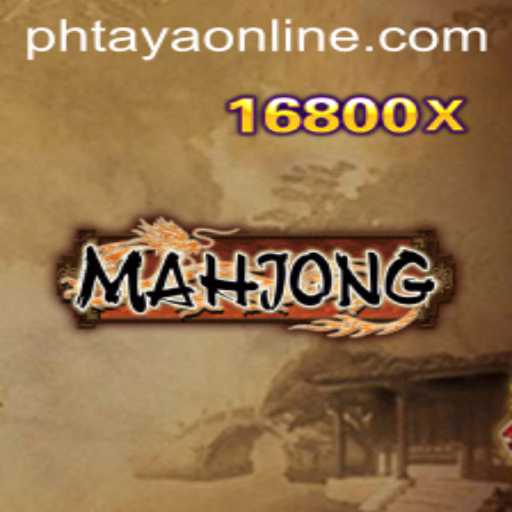Discover the rich history and strategic gameplay of Mahjong, a traditional Chinese game, while exploring its modern relevance and cultural significance.
The Fascinating World of Mahjong
Mahjong is a captivating game with a long and storied history, deeply rooted in Chinese culture. Known for its complex rules and strategic gameplay, Mahjong has gained international popularity over the years. The traditional game is played with tiles and involves skill, strategy, and a bit of luck. Its rich history and cultural significance continue to attract new players worldwide.
Introduction to Mahjong
Mahjong emerged during China's Qing dynasty and has since become an integral part of Chinese cultural identity. Historically, the game was played as a leisure activity among Chinese nobility and later popularized throughout China. As Chinese immigrants spread across the globe, they brought the game with them, introducing it to different cultures and adapting it to various play styles.
The core of Mahjong involves four players, each with a set of 136 to 144 rectangular tiles. These tiles are divided into various suits and honor tiles. The objective is to form a complete hand of four sets and a pair, similar to the card game Rummy. Understanding these basic components is essential for mastering the game and participating in its intricate systems.
Basic Rules of Mahjong
The rules of Mahjong may vary depending on regional variations, but the general structure remains consistent. At the start of a game, players draw and discard tiles in turns, aiming to build sets of three tiles and one pair. The game requires careful attention and strategic thinking to make the best possible hand.
Each player starts with 13 tiles and draws a 14th tile per turn, discarding one back. Players can form different combinations of tiles: a Chow (a sequence of three consecutive tiles), a Pong (three identical tiles), or a Kong (four identical tiles). Winning a round can occur when a player successfully constructs a winning hand, announced by calling "Mahjong."
Mahjong and Current Trends
Today, Mahjong is not only a staple in the gaming community but has also entered the digital age, with mobile apps and online platforms bringing the traditional experience to a broader audience. These platforms allow players from different corners of the world to connect and enjoy the game in real time, expanding its reach and enduring appeal.
In recent times, Mahjong has been featured in various cultural events and exhibitions, highlighting its importance in Asian art and history. The game's presence in popular media, such as films and TV shows, has also contributed to its increasing visibility and interest from new demographics. As Mahjong continues to evolve, it remains a bridge between generations, offering a shared experience that transcends borders.
Understanding the Strategic Element
The strategy in Mahjong is layered and requires players to carefully balance offensive and defensive moves. Game enthusiasts appreciate the need to predict opponents' moves, manage their discard piles, and decide when to take risks or play conservatively. Developing these strategic skills is part of what makes Mahjong an intellectually stimulating activity.
Additionally, becoming proficient in reading opponents' hands and adjusting one's strategies accordingly is crucial for success. This level of thoughtfulness and skill development makes Mahjong a popular choice for those seeking a game of depth and complexity.
Phtaya: A Cultural Connection
The keyword "phtaya" connects to the cultural threads woven into Mahjong's rich tapestry. Though not directly part of the Mahjong lexicon, it may represent facets of the broader cultural exchange inherent in the game's spread across regions and communities. Understanding these exchanges can enrich one's appreciation for Mahjong's ongoing legacy and its role as a cultural ambassador.
Mahjong's ability to bring people together, foster communication, and encourage strategic thinking remains its most cherished feature. By exploring its cultural nuances and embracing its international scope, players can better appreciate the uniqueness of this timeless game.
Conclusion
Mahjong's cultural depth and strategic challenge make it a beloved game worldwide. Whether played in its traditional format or adapted to modern digital platforms, Mahjong continues to captivate and inspire players of all ages.




